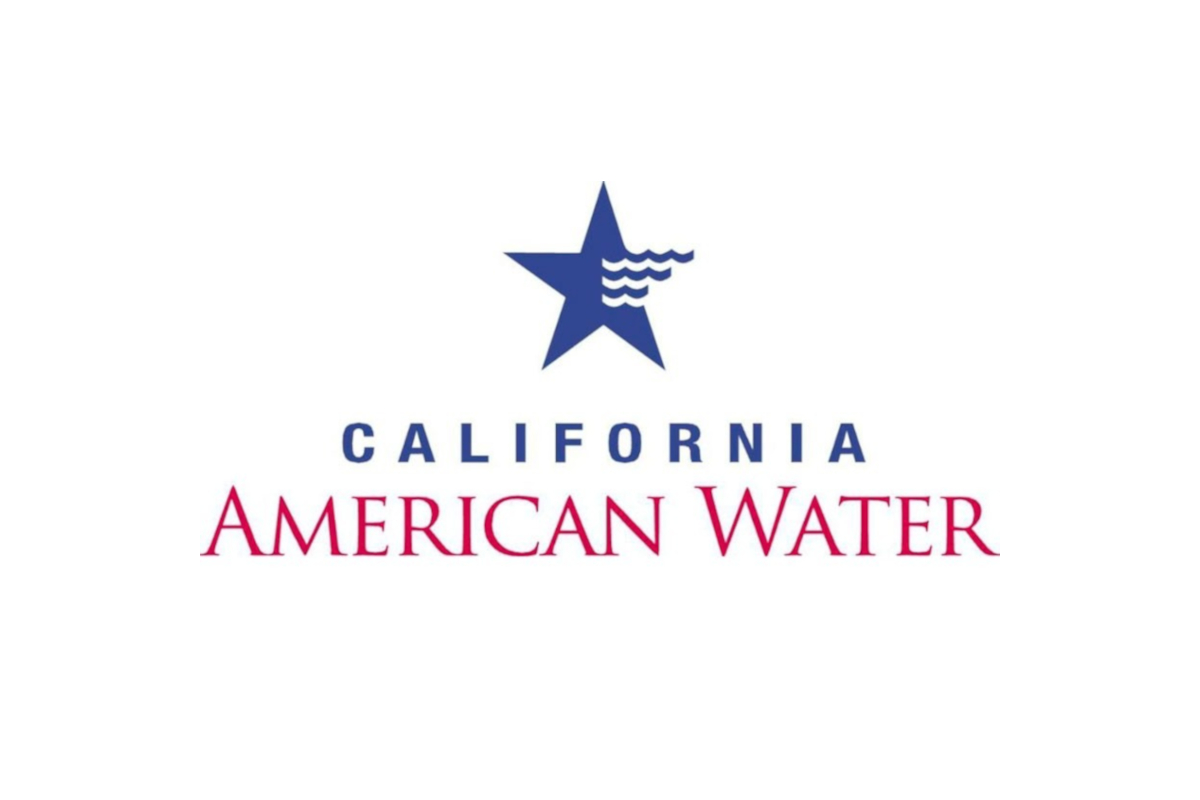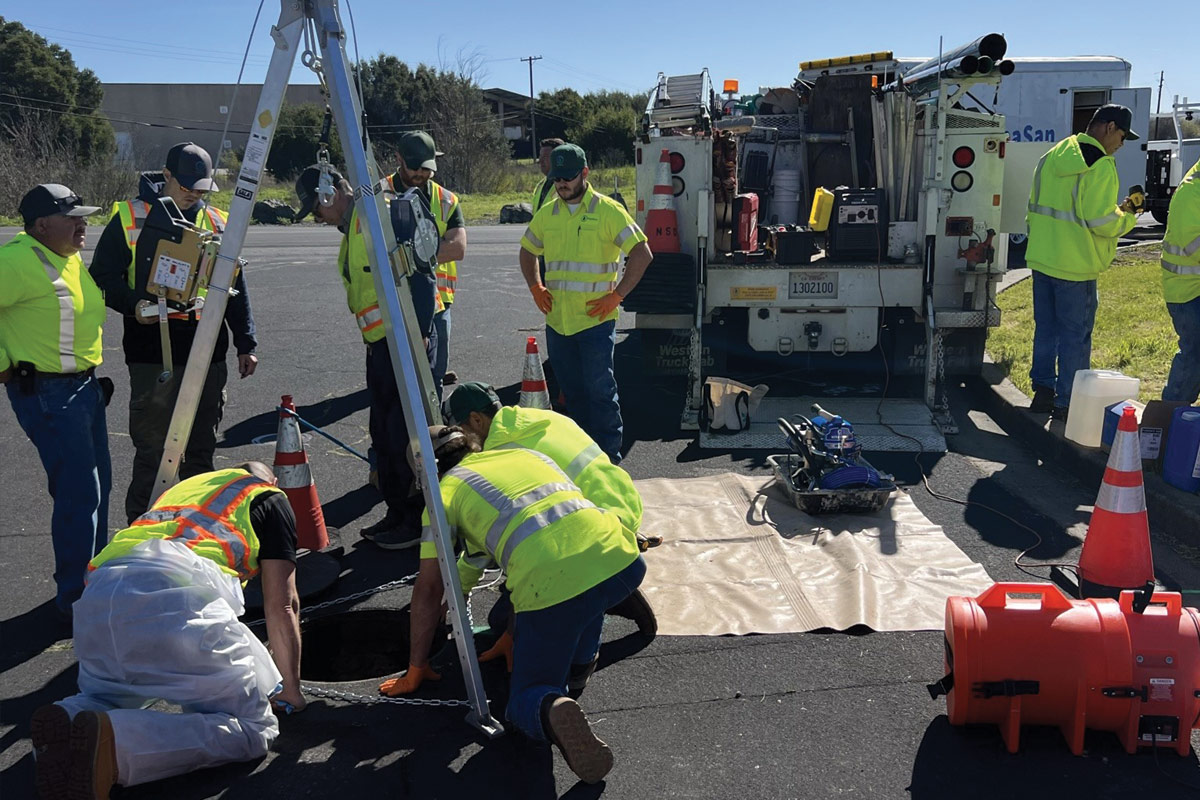
Crossing the Gros Ventre River with an HDD Assist
Occasionally, an HDD project comes along that’s too tough, too difficult, impossible to complete. And while many have tried and failed, it seems that projects like these are the ones that lead to new ideas, innovation and ultimately success. That was the case recently in Jackson, Wyoming.
A new underground powerline was being installed to meet additional power needs at Jackson Hole Airport. The installation called for 6-in. steel conduit approximately 520 ft in length, crossing the Gros Ventre River.
Under average circumstances it would have been a straightforward horizontal directional drilling (HDD) project. However, this project was anything but average.
Bob Harr, owner of Silver Fox Truck Division Inc., of Kasilof, Alaska, was contracted to take on the project and complete what others could not. With massive cobbles and flowing water, standard HDD and pullback were not going to work.
Water flow would dilute any drilling fluids and prevent the establishment of a useable bore hole. The water was over 31 feet deep. Seven other companies had attempted to make the crossing but were unsuccessful.
“I was asked to come from Alaska to attempt this project. First, we conducted the survey and bore profile plans, then, developed a work plan and started,” says Harr. “The cobbles were severally abrasive. We started out with an HDD hammer, but the carbides were gone in 30 ft, with the cobbles eating the end of the bit off. There was also an unlocatable sewer line under the river with no bypass. And we were working in 28-degree below zero weather.”
It was apparent early on that this project was going to take all the experience, knowledge, and effort that Harr had to successfully complete the installation. This included the use of a pneumatic pipe rammer to assist HDD operations.
“For difficult HDD projects, a pneumatic pipe rammer is often used at some point to help with the installation of product pipe, remove pipe or drill stem after a failed bore or install a conductor barrel casing to help with drilling under waterways,” says Rick Melvin, pipe ramming specialist at TT Technologies. “This project required an approach beyond traditional HDD assist methods and it doesn’t surprise one bit that Bob Harr did it!”
Harr used his 10-in. diameter Grundoram Gigant pneumatic pipe rammer to help install the 6-in. steel conduit under the Gros Ventre River.
Contractor Background
When it comes to underground construction, Harr’s resume is beyond impressive. With a doctorate in mine engineering, Harr also has the practical experience to match.
Over an almost 40-year career, Harr has significant experience in heavy construction, railroad, mining, oil, gas, and underground utilities and is well versed in the use of trenchless technology.
That experience includes utilizing trenchless technology for ocean shore bores for undersea gas, oil, communications, and power casings. Harr has developed permitting guidelines for trenchless fish pass culverts in the State of Alaska and developed trenchless HDD crossing permits for anadromous river and stream utility crossings.
With numerous patents, certificates and licenses, he has been instrumental in drafting policy rules and regulations for trenchless crossings and the environmental compliance standards of working in railroad rights-of-way.
For the project in Jackson, Harr was able to utilize some of his patented methodology and tooling. He was even able to make modifications to his downhole hammer and the bit to help compensate for the extreme soil conditions.
HDD Assist Methods
The concepts behind using a pipe rammer to assist in HDD projects take several forms. A pneumatic pipe rammer can be used to remove a stuck product pipe or remove stuck drill stems.
A rammer tapping at the end of the product during pullback can help in getting the product pipe installed in tough conditions, like drilling underwater or in loose flowing soil where pressures can halt pullback. The percussive action of a pipe rammer in this situation can help free the immobilized pipe.
A conductor barrel casing rammed into the ground, at a predetermined angle, until desirable soil conditions are met, is another popular HDD Assist method.
“Drill stems and pipe are expensive. The last thing a contractor wants to do is leave either in the ground. Hydrolock is a situation where the external pressure being put on the product pipe from ground water pressure, drilling fluid pressure and/or soil conditions exceeds the drill rig’s pullback capability,” says Melvin. “So, some percussive action on the back end helps it along. And the conductor barrel helps prevent frac out and gets the drill to better soil.
“But even though this installation went under a waterway, the situation was different in a most interesting way. Harr combined several of the HDD assist methods to create a unique method to overcome the extremely difficult conditions. It was almost like a Conductor Barrel and a pullback assist rolled into one. Really amazing approach that took a lot of engineering and patience to complete.”
On the Job
Harr knew that he would need to install the conduit from the drill side over the rod, using it to steer and to provide the hole quality as it progressed forward. Due to the pressure of the pipe rammer, sled assembly was used to keep the hammer on line and grade.
A directional drill platform and crane were used to create a sled assembly that would align the pipe for welding, assist in alignment of the pipe rammer to the pipe, and keep the hammer contained for safety. This guided assembly was a time saver and helped with safety and maintaining grade.
“On site, Harr developed an aggressive cutting shoe to take the punishment of the severe cobble conditions and the percussive force on the 6-in., 0.5-in., wall pipe,” says Melvin. “Harr would weld each section, the weld a collar over each section to further reinforce the pipe. In the sever cobble the rammer was able to install 20 ft of pipe in 17 minutes.”
Utilizing patented methods and new tool designs he developed, Harr created additional articulated reaming tools for cleaning the casing as the project progressed.
After a section was installed and cleaned out, Harr would re-drill the cobble, steering to profile for 30 ft, then weld another 20-ft section of pipe, then ram in the 20 ft of casing with the pipe rammer, reattach the rod in the pipe, pull it out and clean again.
Harr was able to adjust the angle of the pipe at 3 percent for each 20-ft length. It would take up to 5 days per 20 ft. The abrasive wear from the cobble was extreme.
“The HDD Down hole hammer worked ok until we were out 320 ft then it started to air choke due to the high-water volume. We then built a new style bit with specialty carbide typically not used in the HDD industry,” Harr explains. “It worked well and steered very well in the continuous abrasive cobble. We had to change designs on the cleaning tools three times due to the abrasive wear. After six months and 19 days the pipe exited the ground.”
Melvin adds, “This was one of the most unique and skillfully completed projects I’ve seen. But that’s Bob Harr. Innovative, with the tenacity to finish the job.”
Jim Schill is a technical writer, based in Mankato, Minnesota.




